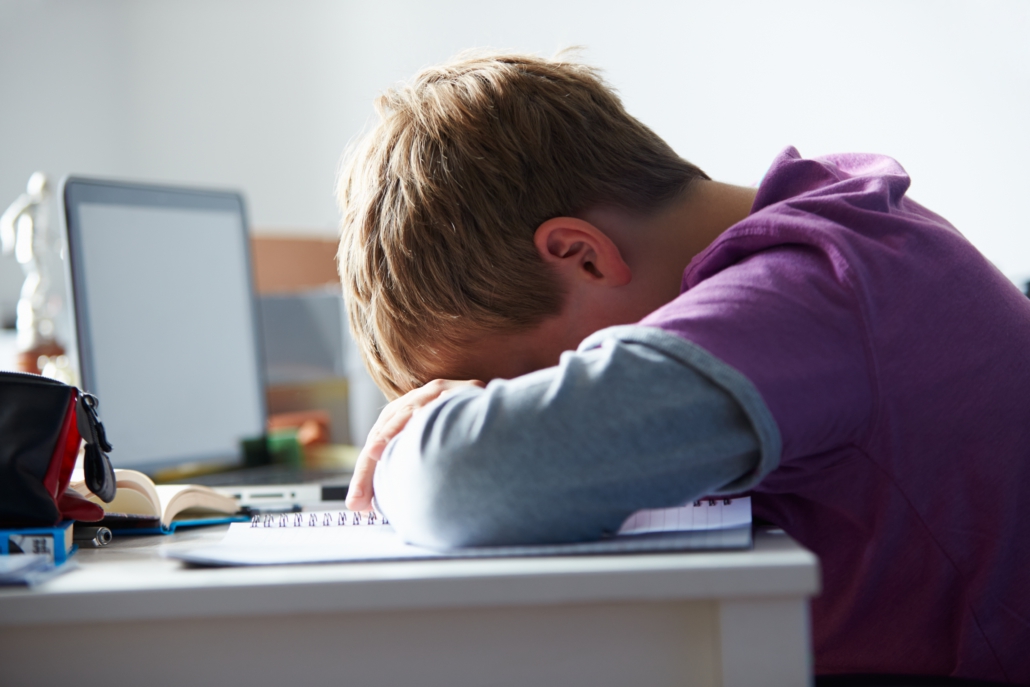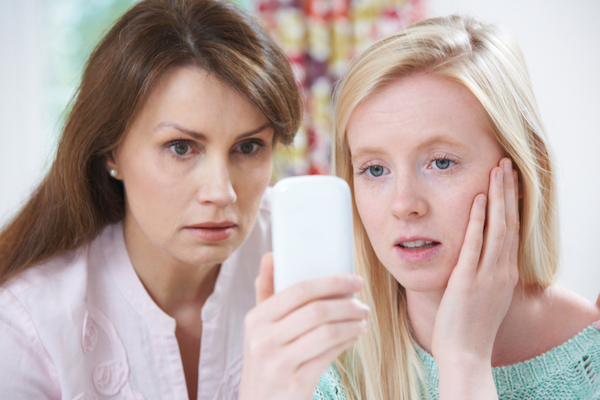Cyberbullying: what is it and how can you protect yourself?
Cyberbullying can be really upsetting if it happens to you. It’s when a person uses technology to bully or hurt someone else. It can happen via your phone, computer or tablet and is really hard to escape because young people spend so much time online these days. A cyber-bully might call you names, say mean things about how you look, claim ‘you have no friends’ or tell lies about you. They say these negative things to try to make you feel bad about yourself or to feel like they have power over you.
Here are some of the more common types of cyberbullying:
- Posting embarrassing photos or videos to humiliate others
- Spreading rumours or telling harmful lies online
- Sending nasty, abusive emails or messages
- Creating fake online profiles to hurt someone
- Using the Internet to exclude others
If a bully uses technology to send a series of threatening messages and harasses their target over and over, this is called ‘cyberstalking’. Online bullying can be just as hurtful as face-to-face bullying because lots of people can see it and online messages can spread quickly. Sometimes you might not even know who the cyberbully is. Having harmful messages removed from the online world can also be hard to do sometimes.
How you can fight cyberbullying
If you’ve been cyberbullied, just remember you’re not alone. It’s NOT your fault and there are things you can do to get through it. It’s not weak to ask for help with cyberbullying – it’s super-smart! Here are some steps you can take:
- Tell the cyberbully that what they’re doing is NOT okay
- Take some screenshots so you have evidence of their messages (ask your parents if you don’t know how)
- Get help from the police if it’s needed
- Get help from a trusted adult or ring the Kids Helpline on 1800 55 1800 (you can call at any time and it’s free)
- Get your parents to help you change the settings on your devices so you can block any kids who are sending you (or your friends) nasty online messages
- If you see or receive a bullying post or image, report it to an adult you can trust
- Switch off your technology for a little while – do something else you really enjoy instead
- Don’t take part in online bullying – leave the conversation or group
- Don’t share, ‘like’ or forward hurtful or negative online messages
- Give support to a cyberbullying victim – say kind, positive things to them and ask if they’re okay or if they need some help
- If you feel safe, stand up to cyberbullying by asking the bully to stop
How to get help if you’re being bullied online
These days, it’s not easy to escape a relentless cyberbullying attack. A bully doesn’t need to be standing in front of you to inflict harm – they can use the Internet to cause emotional pain, sometimes even anonymously. What makes cyberbullying so dangerous is its reach, which can go far beyond a typical face-to-face bullying encounter. Online, there may be multiple bullies, bystanders and victims and the abuse can continue 24/7. Because so many others might potentially see (and share) negative online messages, the social damage can be devastating for the target.
Research shows that the most common form of cyberbullying among teens (by a large margin) consists of negative comments about a target’s physical appearance. Victims may also be singled out because of their religion, race or sexuality. Roughly one in five cyberbullying incidents involves the spreading of rumours.
When you’re being bullied online, it can seem like a huge pressure is building up inside you. This anxiety can harm your physical and emotional health so it’s vital to take action against cyberbullying as soon as possible. The longer you let it go, the more harm it can do to your self-image and feeling of well-being.
Tackling cyberbullying
If you’ve been victimised by intentional and repeated online harassment in any form, the first thing to realise is that you’re not at fault. Never blame yourself for a perpetrator’s vile abuse. Nobody deserves to be treated horribly over the Internet – it’s inexcusable.
There are several things you can do about cyberbullying:
- Document the abuse with dates and times
- Take screenshots of offensive posts so you have permanent proof
- Report the abuse to the relevant social media platform
- Report it to a responsible, trusted adult who is in a position to help you
- Many types of cyberbullying are illegal so if you feel it’s necessary, involve the police
- Delete posts from known cyberbullies without reading them, block online haters and restrict who can read your social media posts
- Get help – talk to a trusted adult or ring Kids Helpline on 1800 55 1800 (any time of day or night)
As a teenager, the key to preventing cyberbullying is vigilance. Be careful what you post, how you react to posts and what photos or videos you send. Gaming platforms and anonymous apps are fertile ground for cyberbullies. The Web is far less private than you may realise, so educate yourself about all the risks so you can enjoy it while keeping yourself safe.
Helping your child or teen deal with cyberbullying
As parents, we now live in a much different world than the one we experienced at school. One of the biggest differences is the explosion in technology – and all the good and bad that comes with it. Cyberbullying is a real and growing problem all over the world for young people, with different countries dealing with it in various ways:
UK – The Malicious Communications Act provides for substantial fines or prison sentences for convicted cyberbullies
Australia – It’s illegal to ‘use a carriage service to harass or cause offence under the Criminal Code Act’ with a penalty of up to three years in prison
Canada – Depending on the nature of the cyberbullying offence, the Education Act provides for school suspensions, expulsions or potential jail time for perpetrators
USA – Each state handles cyberbullying differently, with a few imposing a criminal misdemeanour charge
Being a parent in the technological age is tricky. Studies have shown that most parents overestimate their knowledge and understanding of their youngsters’ online activities. They may not have the technological expertise or the time to keep track of what their kids are getting up to on the Internet and even when they do, they may not know the best way to respond.
Like all forms of bullying, cyberbullying typically has three components: bully, target and bystanders. Your child or teen could be any of these and the lines between them can get blurry: bystanders can weigh in on the bullying, victims can turn into online bullies themselves and the whole thing can spread like wildfire in a few minutes.
If you learn that your youngster has a cyberbullying issue, try to find a solution together. Social interactions, especially between teens, can be sensitive and you need to keep an open mind and offer support in a calm, non-judgemental way. Aside from helping them do all the usual things (carefully document the abuse, take screenshots of offensive messages, change social media settings to block unwanted posters, report the harassment to school, workplace, online platform or the police, etc.) your most important job is to keep the lines of communication open: assure your child they’re not alone, they’ve done nothing to ‘deserve’ the abuse and there are a number of steps that can be taken to put a stop to it.
Sometimes your child may be reluctant to talk about online abuse, so you have to keep a close eye on their behaviour to detect signs of depression or withdrawal. The emotional fallout from cyberbullying can be serious and long-term, so helping them cope while it’s happening is only part of it- their emotional health may need your help in healing afterwards. As a parent, there are many organisations you can talk to if you need help dealing with your child’s bullying experiences, including Interrelate Lifeline, Headspace and Kids Helpline (1800 55 1800).







